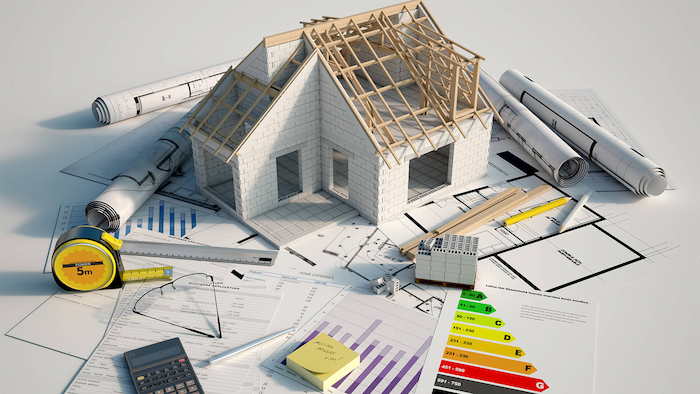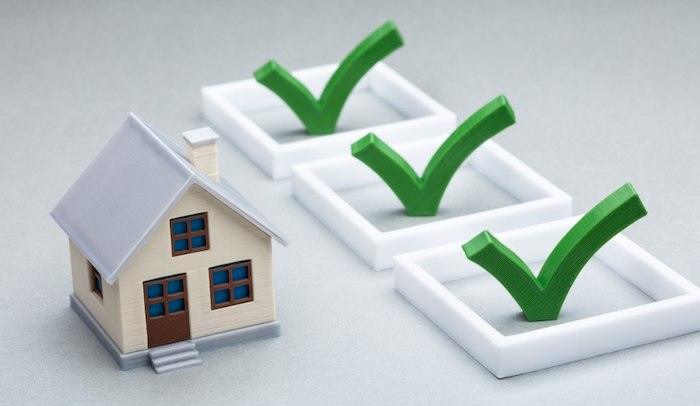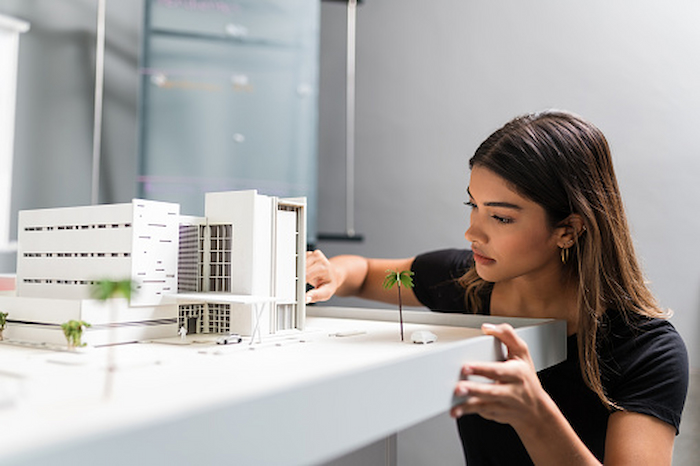Imagine for a moment what your ideal home would look like. Think about the first impression, the unique characteristics, the style. What personal touches would you add to the overall plan?
While the end result may be worth the effort, building a house from scratch is difficult and time-consuming. In order to keep things running as smoothly as possible, it is crucial to be aware of what to expect. If you’re planning on building a house with the help of architects and project builders, here are some things to think about first.
Determine Your Budget for the House-building Project

Even if you have a somewhat unrestricted budget, you should still decide how much you are willing to spend on it. Buying an already-built house or even a brand-new one built according to a stock model is typically less expensive than commissioning a custom home to be built from scratch, which is why doing so is rewarding in the end.
The final price tag of constructing a house can fluctuate widely based on several factors including the homeowner’s preferences, the cost of the materials they choose, the local cost of labour, and the geographic location of the home’s site. Costs can quickly escalate when you include everything from labour to materials, so it’s a good idea to acquire professional advice from people like home builders, architects, realtors, and civil engineers.
Keep Expectations in Check

Creating a wish list of your ideal home’s features is exciting, but the sobering reality of having to actually organise everything soon settles in. You might have to give in a little. Some things are worth spending more money on, while others, such as hardwood floors, granite countertops, and smart home equipment, can be replaced with acceptable equivalents.
Think of alternatives like affordable non-slip vinyl flooring that looks like wood, non-porous laminate countertops that are easy to install, and energy-efficient appliances worth the buck. These can all be upgraded at a later date to your primary desired features.
Find Experienced Architecture Design Projects Builders

Take the time to find reliable local builders and make a shortlist. You can peruse the classifieds section of the newspaper or go online to find a house. Check at the homes they’ve built and the prices they charged to see if their aesthetic matches yours. Talk to a reliable real estate agent for additional reference assistance.
Think about the contractor’s architecture design projects track record. For how long have they been serving the community? Can you verify that they are properly licenced and insured? Make sure you are asking the proper questions. Engage in a casual conversation with the builder before hiring them. Inquire as to their preferred method, whether or not they collaborate closely with architects and interior designers, the details of their cost estimates and budgets, the make-up of their project teams, the length of time they expect the project to take, and more.
Your first hiring should be architecture design projects builders who have the knowledge and experience in building design, trends, technology and managing projects, confident to offer you the highest quality of building and interior designs, consultation, tendering and contract administration services. You’ll also need a realtor to help you find a lot and sell your current house, a real estate attorney to help you with the closings, and a landscape architect to ensure your yard is just as impressive as your brand new home.
You could also require an architect separately from the builder to draw out plans for your house, depending on the skills of your builder. Nonetheless, you should consult your architecture projects builder before committing to a specific architect. In many cases, the construction company may employ an in-house architect to draft preliminary drawings according to your specifications and preferences.
Find Your Land
With your staff in place, your next step is to locate a suitable plot of land. If you’re feeling overwhelmed, try focusing on a radius from the place you’ve decided you want to call home and investigating housing choices there. Be sure to research the property’s background, including previous sales, building projects permits, and similar lots. This will be useful information to consider when you craft your proposal.
You should give your builder some say in what happens next. You may find a lovely flat lot, while others may see a potential flood zone. Talking to a builder may help you figure out a number of things, like whether or not the lot is flat enough for your house, whether or not there will be water problems, where you should put trees, and more.
Choose a Construction Plan
You have the freedom to select the architectural style and design that speaks to you, whether you engage with an architect directly or go through a builder. Not every step in constructing a custom house is thrilling, but this is the point where you get to witness your vision come to life.
It’s fine if you haven’t settled on a particular architectural style for your future home just yet; there are plenty of options, including modern, craftsman, farmhouse, and traditional designs. The time is right for a scouting mission. Explore potential areas on foot, snap photos of houses that catch your eye, and peruse real estate websites for inspiration. Discovering new sources of motivation is easy.
After settling on a look, you can do some independent floor plan research online and submit your findings and ideas to a builder. You can also use your builder’s stock of floor plans as inspiration for your own creation.
Make a Realistic Timeline
Just ignore everything you’ve seen on television. A custom house is built slowly along with a lot of problem management and patience. Permitting, building, inspecting, and dealing with delays caused by things like bad weather or a lack of materials are all part of the process. Obviously, the more personalised a house is, the longer it takes to construct; therefore, if you’re short on time, you might choose to settle for a more basic layout.












